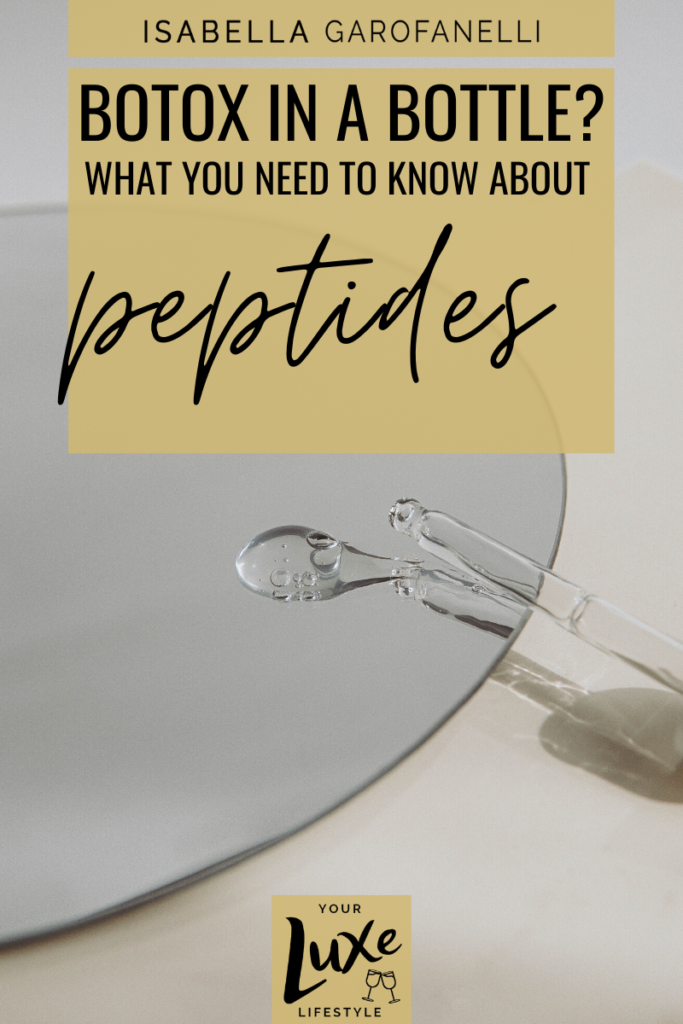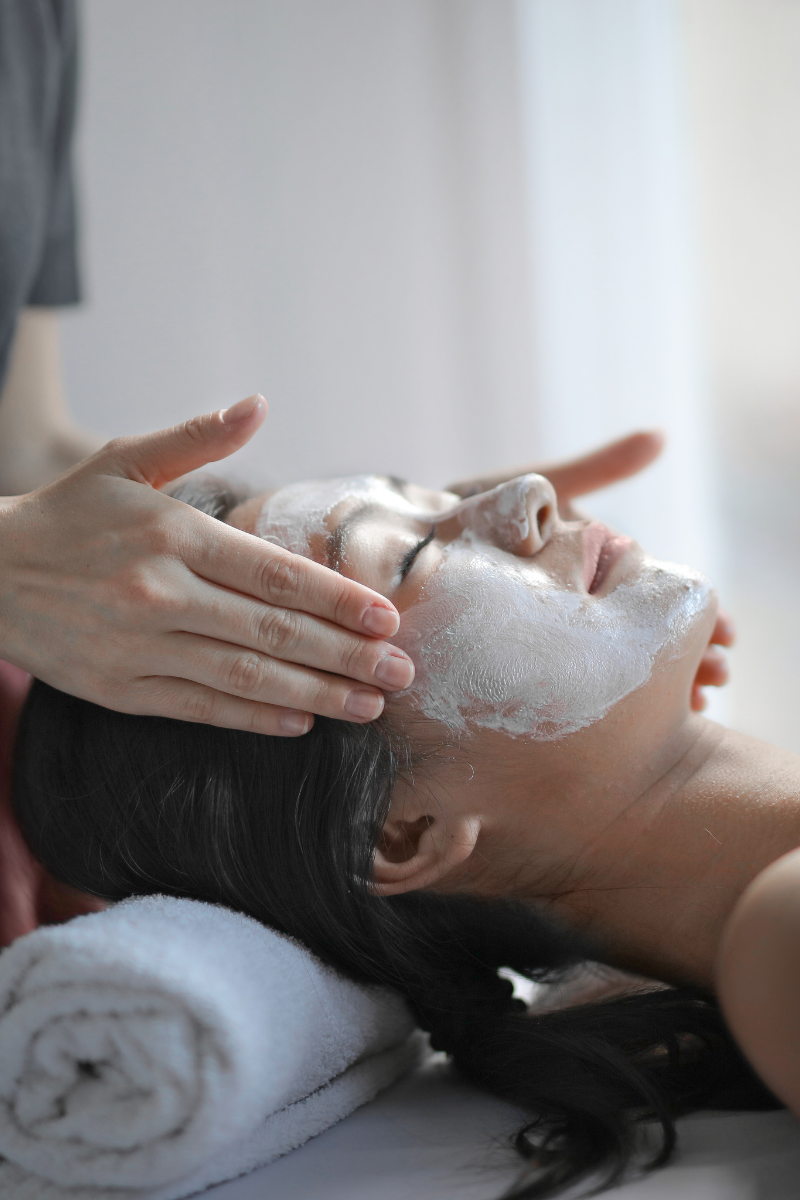Peptides have long been one of the most popular anti-aging skincare ingredients out there, but how do they work – and more to the point, do they work?
More recently, one peptide solution in particular has gone viral after being dubbed “botox in a bottle” and receiving thousands of reviews online. But is there any truth to these claims? Can anti-wrinkle injections really be replaced by an affordable serum? Let’s take a look at the truth behind peptide products.


What are Peptides?
Peptides are chains of amino acids that act as the building blocks of proteins within the skin: think collagen, elastin and all of that good stuff. They help to strengthen the skin, making it plumper, smoother and firmer. As if that weren’t enough, peptides can also soothe and hydrate the skin for a brighter and more balanced complexion.
Peptides are also far less irritating to the skin than other popular anti-aging ingredients, such as chemical exfoliants and retinols. If you have very sensitive skin and have reacted poorly to AHAs, BHAs and retinols in the past, then peptides may be the perfect anti-aging solution for you. Furthermore, peptides strengthen the skin barrier which may reduce your sensitivity over time, and improve the overall health of your skin.


What Can I Combine Peptides With?
Here’s some good news – you can use peptides in the same routine as retinol, that famously tricky ingredient! There’s no issue with following your retinol cream or serum with a peptide treatment, but I do advise applying the retinol first. Also, don’t introduce two brand new products at the same time. Let your skin get used to one before introducing the other.
You shouldn’t use peptides at the same time as vitamin C, AHAs or BHAs. This is because the acid and peptides cancel each other out, making both products less effective and wasting your time and money.
Currently, I use vitamin C in the morning and then combine peptides and retinol in the evening. I use a retinoid treatment first and then follow up with a moisturizer than contains peptides. However, I lay off the peptides straight after a chemical peel or at-home facial and resume my use the next day.


What’s the Link Between Peptides and Botox?
Peptides are often compared to Botox because they cause a similar muscle reaction. Like Botox, peptides impair the ability of nerve cells to cause muscle cells to contract, thus leading to a more relaxed and smoother face.
Lately, however, another peptide is being compared to Botox: Argireline. In fact, this ingredient was actually developed specifically to mimic the effects of Botox.
Again, the Ordinary have capitalized on this very well. Their viral serum also contains Matrixyl 3000 and hyaluronic acid. This creates an anti-aging powerhouse that has even been compared to a facelift in a box.
Studies have shown that this formula delivers real results. It can reduce the volume of wrinkles by over 20 percent – not bad for a $15 serum.


The Best Peptide Serums
As stated above, I love The Ordinary serums. Both their Matrixyl 3000 and Argireline solution are excellent choices, particularly for those who are new to peptides. If you’re looking for a moisturiser, Skinfix’s Triple Lipid Peptide cream will render your skin firm and supple in no time. Finally, the Hydropeptide Face Lift Advanced Ultra Light Cream is the perfect choice if you’re looking for a weightless moisturizer.

Is It Really Botox in a Bottle?
To state the obvious, no. A serum won’t give you the same instantaneous results that Botox delivers. However, it could still be a better option for you, depending on your skin and aesthetic goals.
With a serum, you will only see results over time. It can take up to 90 days for results to appear. Skincare, as I often say, is a long game. If you don’t want to get Botox then a peptide serum is an affordable and low key way to a younger face.

For more on skin care, check out my guide to laser resurfacing, radiofrequency and ultherapy or this article on the top skin tightening treatments you need to know about.





Comments +